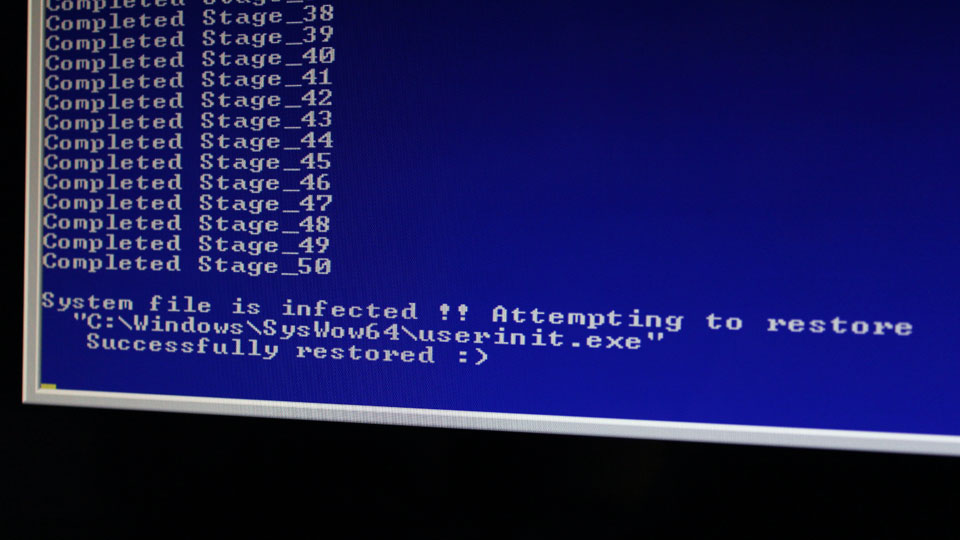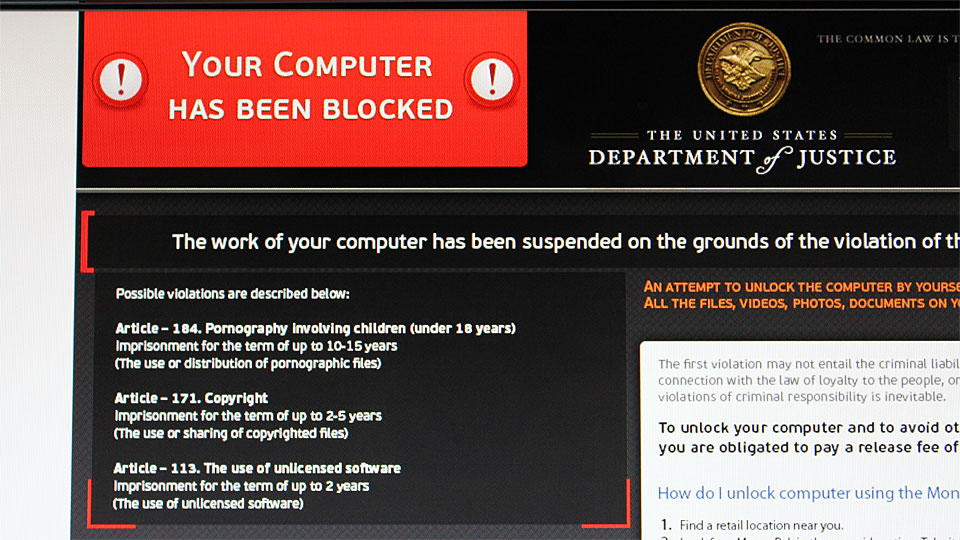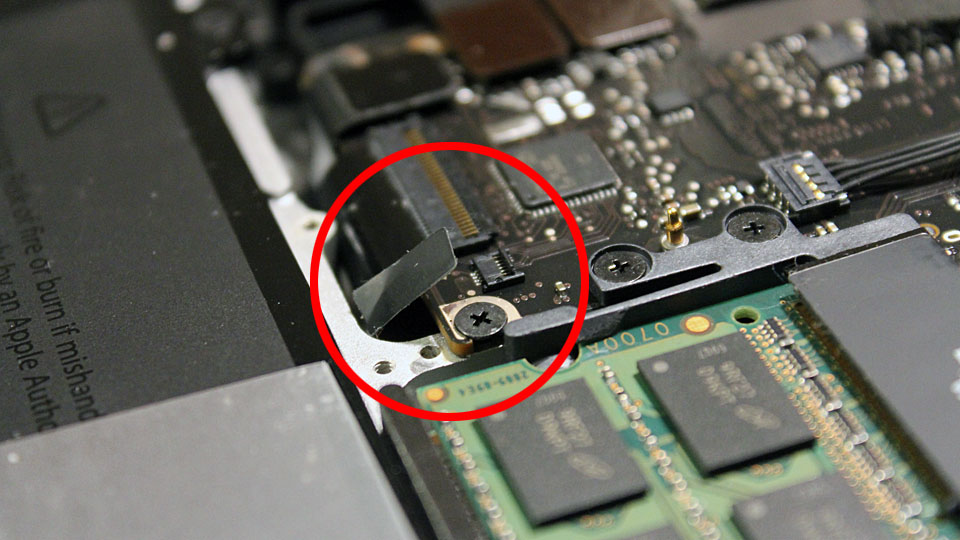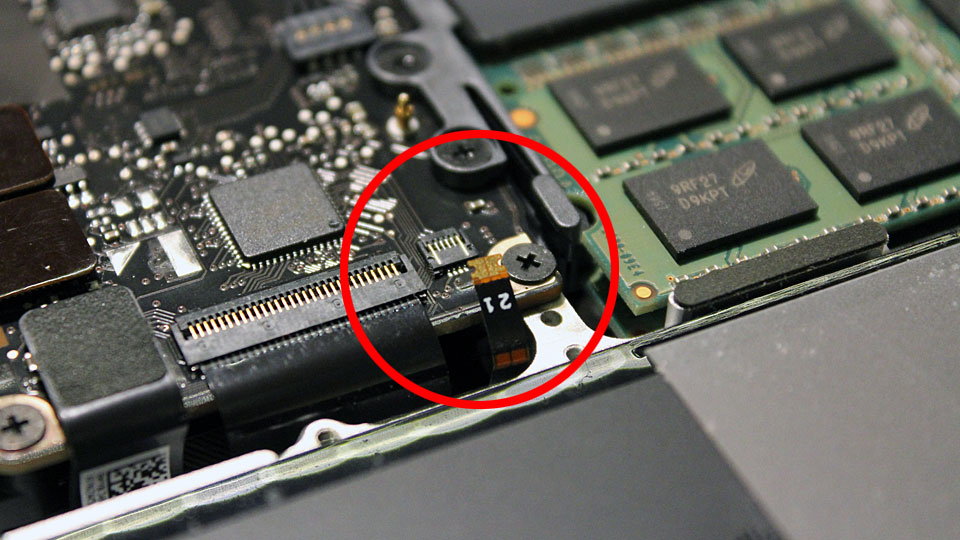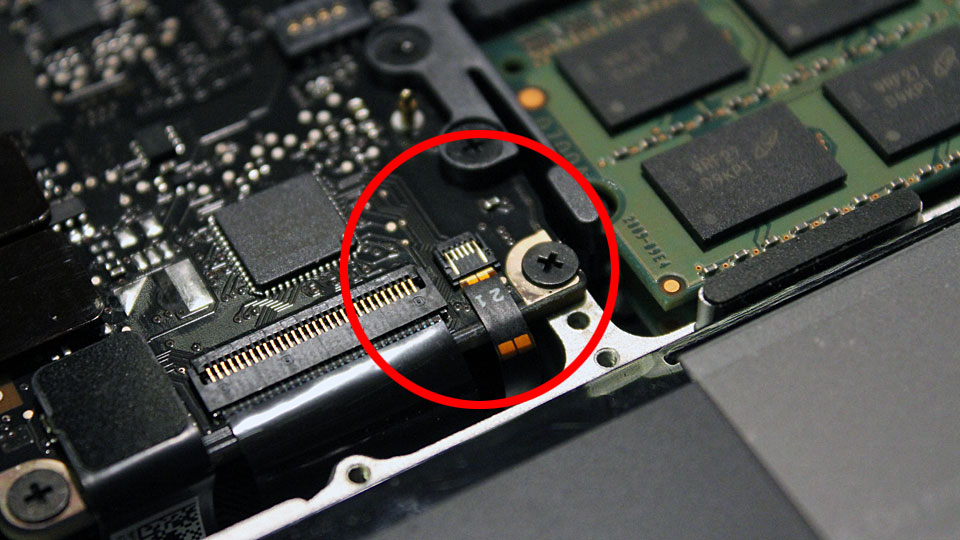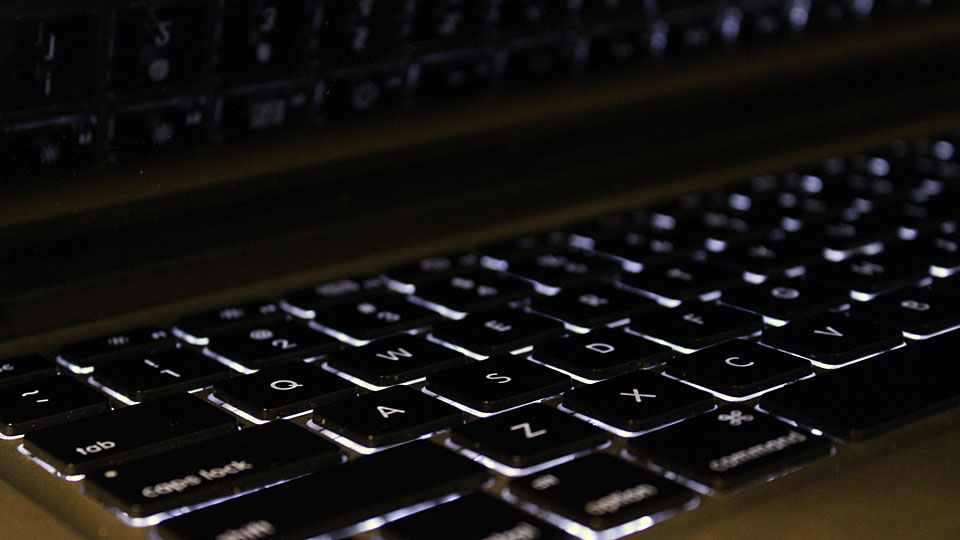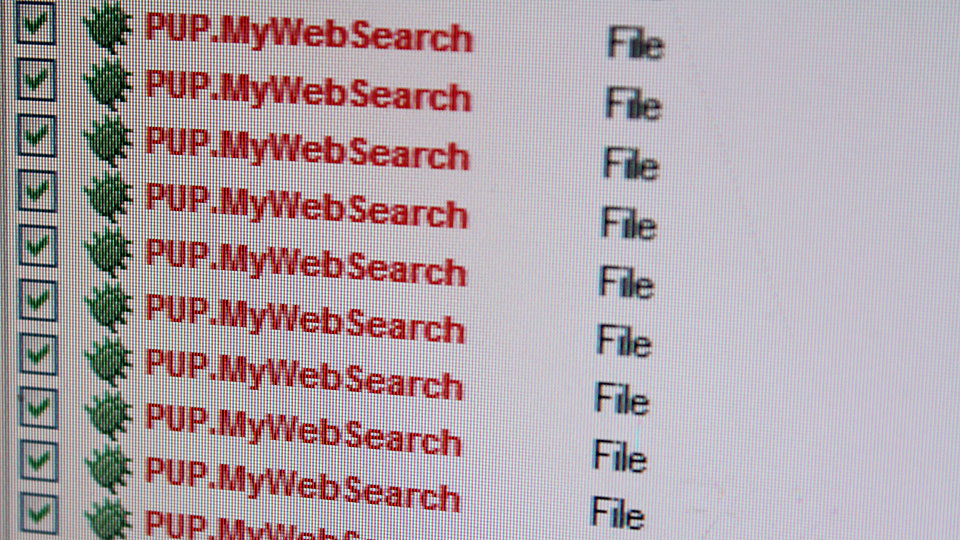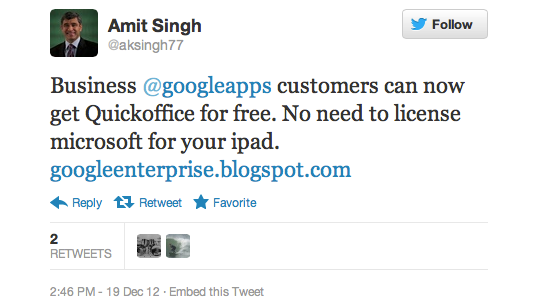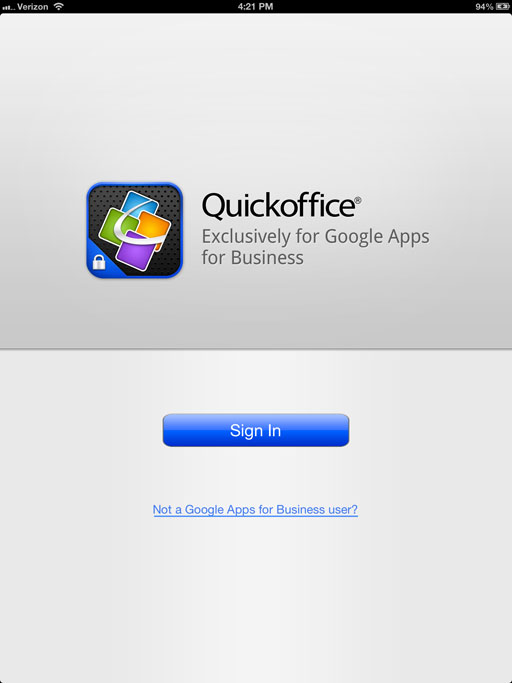So, I have successfully removed the ransomware/malware form the infected computer.
Booting the computer up to Safe Mode or Safe Mode with Networking would still activate the malware. That’s because it replaces the registry entry for Windows Shell from “Explorer.exe” to something else. So, boot the computer to “Safe Mode with Command Prompt” and type “regedit.exe” at the command prompt.
In registry editor, go to:
HKEY_LOCAL_MACHINESOFTWAREMicrosoftWindows NTCurrentVersionWinlogon
In this particular case it was replaced with:
C:PROGRA~3dsgsdgdsgdsgw.bat
Delete the entry and replace it with:
Explorer.exe
Reboot the computer into “Safe Mode with Networking” and launch a web browser. Download, install and run the following programs if you haven’t already:
- Combofix
- Microsoft’s Safety Scanner
- Microsoft’s Malicious Software Removal Tool
- Malwarebytes AntiMalware
- Spybot – Search & Destroy
There are also other programs to scan and remove the malware.
Combofix detects that userinit.exe s also infected.
Microsoft Security Essentials also detected presence of Trojan:JS/Reveton.A, which was detected on January 11, 2013.
This computer was infected on Friday January 11, 2013, shortly after news about Java vulnerability was reported. After further investigations, I found that the infection happened through Java vulnerability. The infected computer had both Java 6 and 7 installed. Malwarebytes AntiMalware Free detected and removed the malicious Java module. Similar vulnerability was found back in August 2012.
Let’s take a look at the ransomware/malware.
It takes over Windows User Interface (UI) and replaces windows shell with the threatening message purporting from United States Department of Justice: “YOUR COMPUTER HAS BEEN LOCKED”
The message says that the computer has been locked for one or more violations:
- Article – 184. Pornography involving children (under 18 years)
- Article – 171. Copyright
- Article – 113. The use of unlicensed software
They are pretty much the same language used in other ransomware/malware purporting from FBI, Police Cybercrime Investigation Department, etc. Some people might fall for this.
The malware also tries to activate the computer camera, for the purpose of scaring the user. Even though the infected computer doesn’t have any cameras installed, the malware pretends that it is recording video of the user.
The malware demands $300 to be paid in MoneyPak so users can unlock the computer.
So convenient that the malware tells you where to get this MoneyPak.
Anyway, you need to disable Java from your browsers.
If you’re using Mozilla Firefox, follow the instruction here: How to turn off Java applets
If you’re using Google Chrome, go to:
Settings > Privacy > Content Settings > Plug-ins > select “Click to play”
Also go to chrome://plugins/ to manually disable Java if necessary. (type in chrome://plugins/ in the address bar / omnibox)
If you are using Safari, go to:
Preferences > Security > uncheck “Enable Java”
If you are using Internet Explorer, follow the instruction from Sophos.


